 EN
EN
 PT
PT
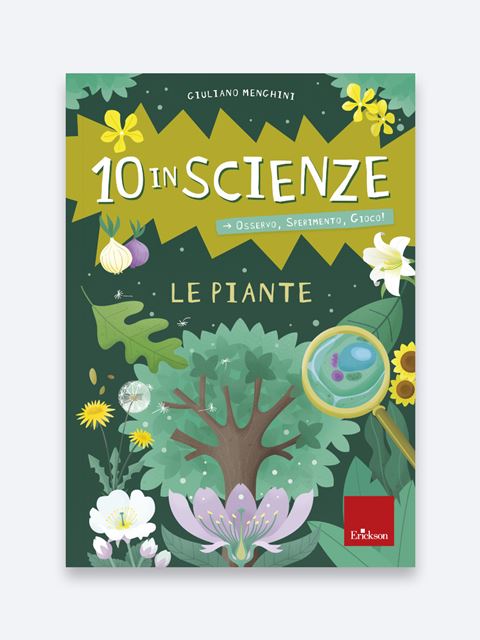
Product: Book
Trim size in cm: 21x29,7cm
Pages: 48
ISBN: 9788859018698
Publication date: 01/05/2019
Suitable for: Primary 2nd level (ages 8-10), Lower secondary 1st level (ages 10-11)
REQUEST A SAMPLE OR MORE INFORMATION
10 questions, 10 games, 10 topics to discover the secrets of plants using the experimental method!
The notebook consists of 10 sections, through which you will discover how plants, extraordinary organisms that have allowed for the development of life on Earth by producing oxygen, work. Each section starts with a question, to which you will have to try to give an answer by OBSERVING, EXPERIMENTING, and PLAYING.
In the cards that accompany the notebook, you will find all the materials needed to assemble the 10 SCIENTIFIC GAMES with your own hands. It provides a pathway designed to get you into the world of science by the front door, that is, learning about and using the EXPERIMENTAL METHOD in your home, without the need for special tools.
Index
Instructions
Introduction
1.What is a plant?
2. Do plants eat?
3. Where does photosynthesis and respiration happen?
4. What are plants made of?
5. Which parts of the plant are involved in the photosynthesis process?
6. What are roots for?
7. How do substances move inside of a plant?
8. How are new plants born?
9. How do seeds and fruits work?
10. How many types of plants are there on earth?
Answers, in my own words!
Concept map

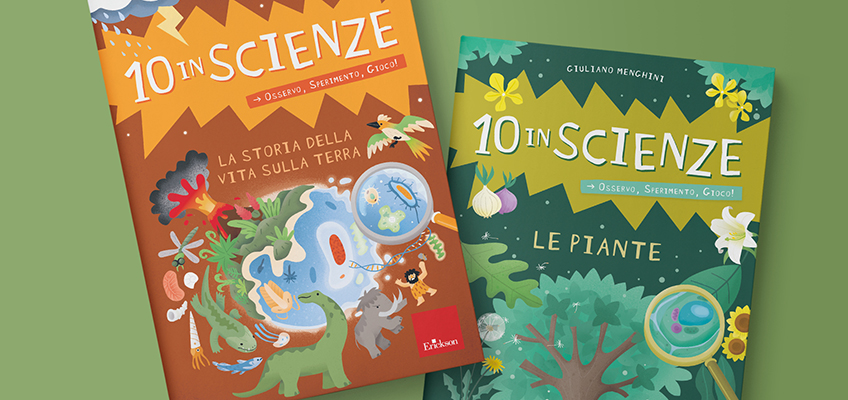
10 in Science is an innovative and fun workbook series, useful for getting primary and lower secondary school students (ages 9 to 13) to apply the scientific method through observation, experimentation, and play. An innovative programme that invites students to think like real scientists, introducing them to the fascinating world of plants and how they work.
Each book contains 10 chapters which follow the scientific method experiment scheme:
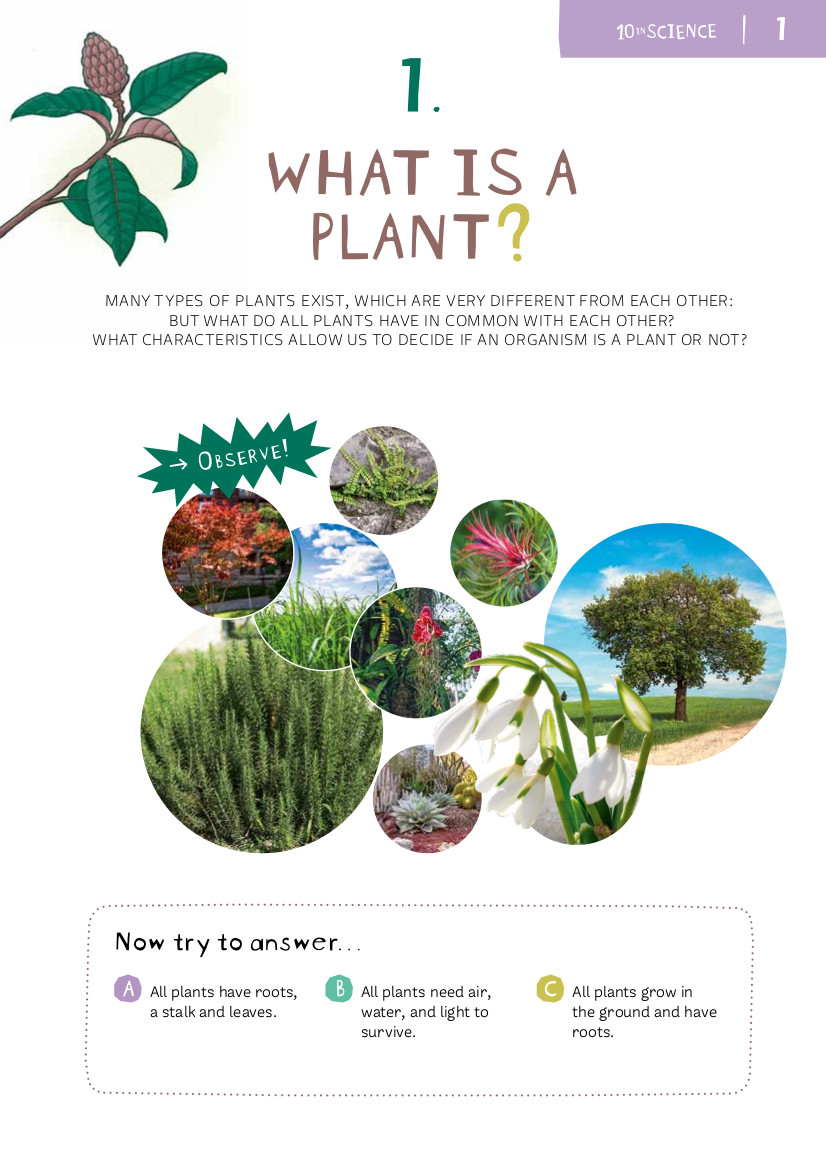
1. QUESTION
The title of the chapter introduces a question, which the student uses to begin reasoning and formulating a hypothesis.
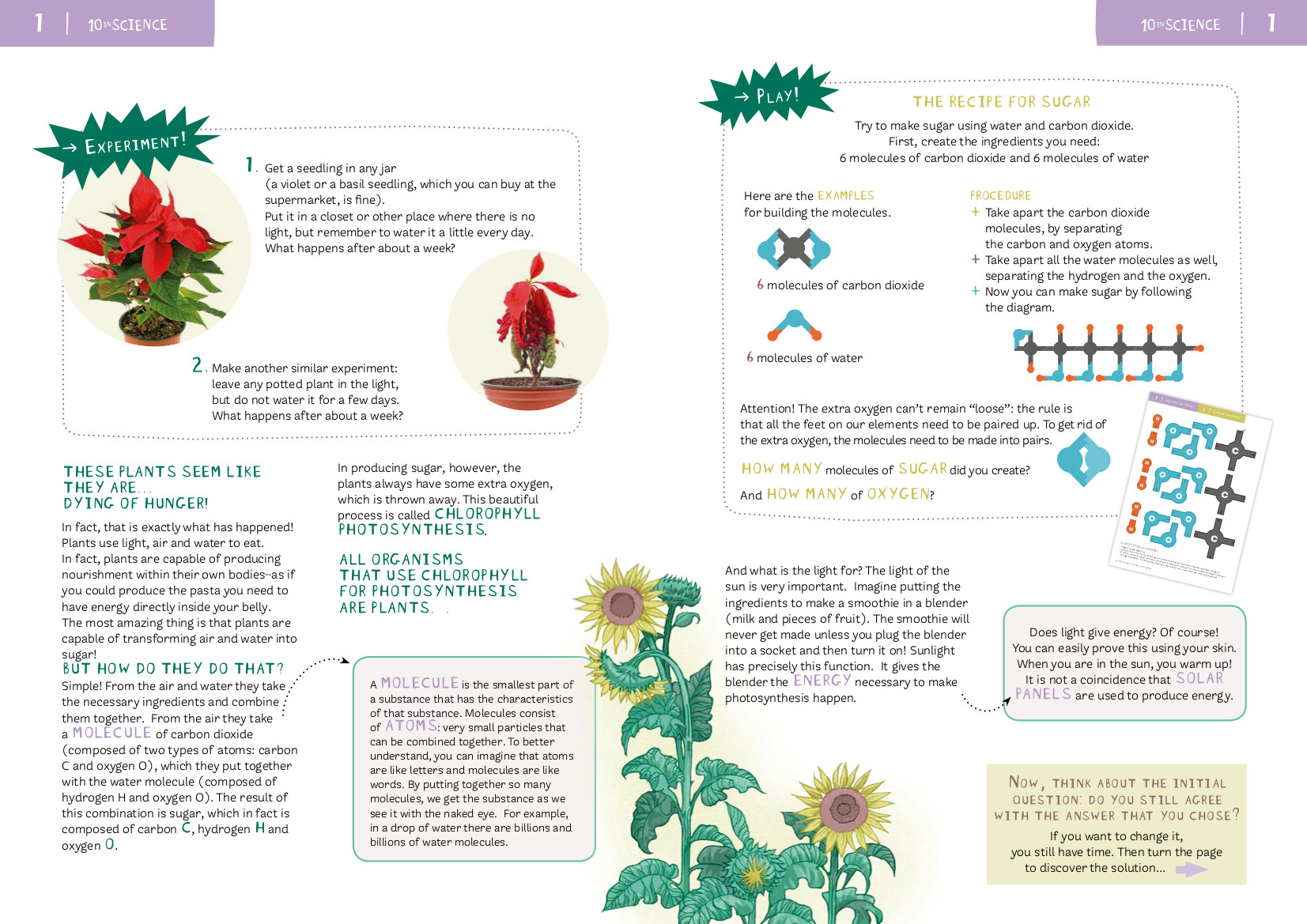
2. OBSERVATION
The chapter continues with observation of an experiment which helps the student understand the phenomenon and come up with a more precise idea with respect to the possible answers of the initial question.
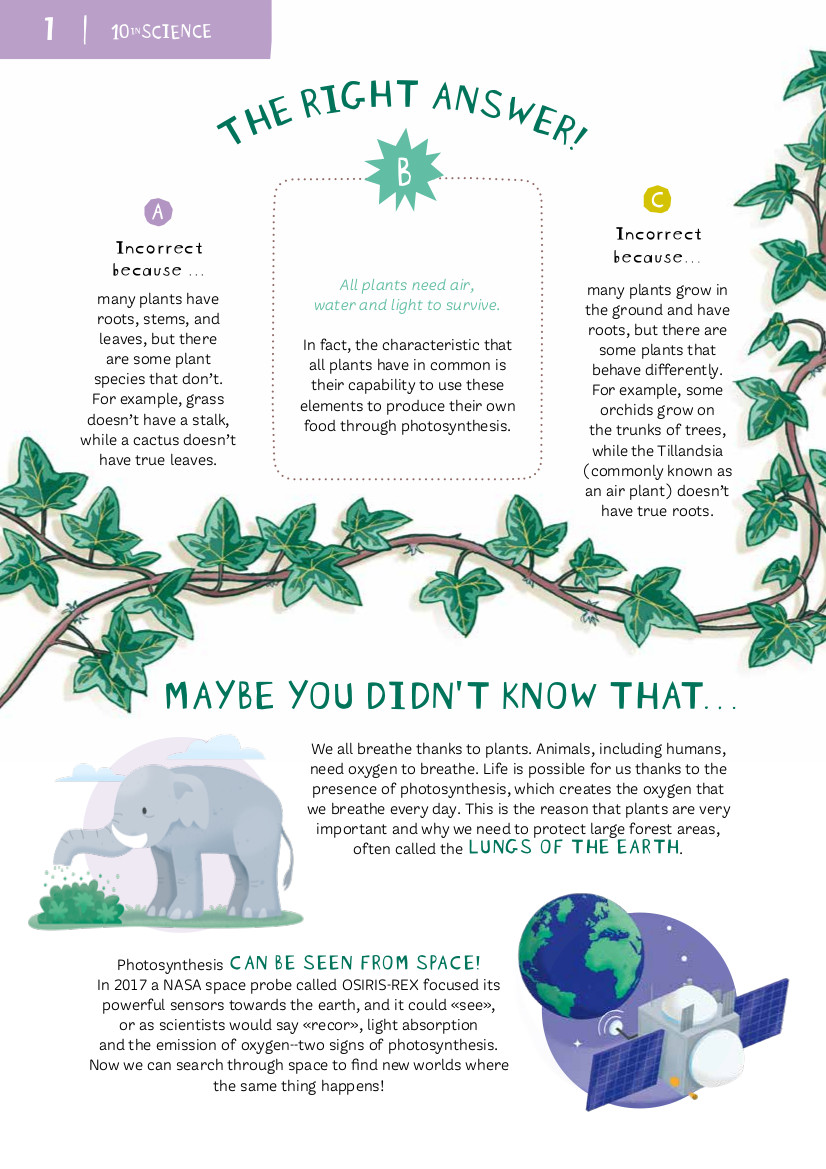
3. THE TEST
The chapter ends with finding out the correct response. Each answer is accompanied by an explanation, to help the student understand why the other options are not correct.
The topics covered are accompanied by special boxes:

OBSERVE!” box invites you to pay attention to some important details: thanks to the help of some photos taken under a microscope, children can develop a scientist’s “super vision”.

In the “EXPERIMENT!” box, the student will find some ideas for first-hand experiments on the phenomena studied.

Each topic presented in the “PLAY!” box contains scientific games which stimulate curiosity and illustrate the more fun and creative side of science.
At the back of the book, all of the worksheets and cuttable materials necessary for assembling and completing the scientific games and activities - useful for reflection and understanding - can be found.
Leaf through some pages of the book that have been translated into English to give you a general idea of how “10 in Science - The Story of Life on Earth” is structured.
Leaf through some pages of the book that have been translated into English to give you a general idea of how “10 in Science - Plants” is structured.
THE AUTHOR
Giuliano Menghini Graduated in Natural Science, he taught biology, chemistry and Earth science in high schools. He also projected and designed some of the best Italian scientific educational games.